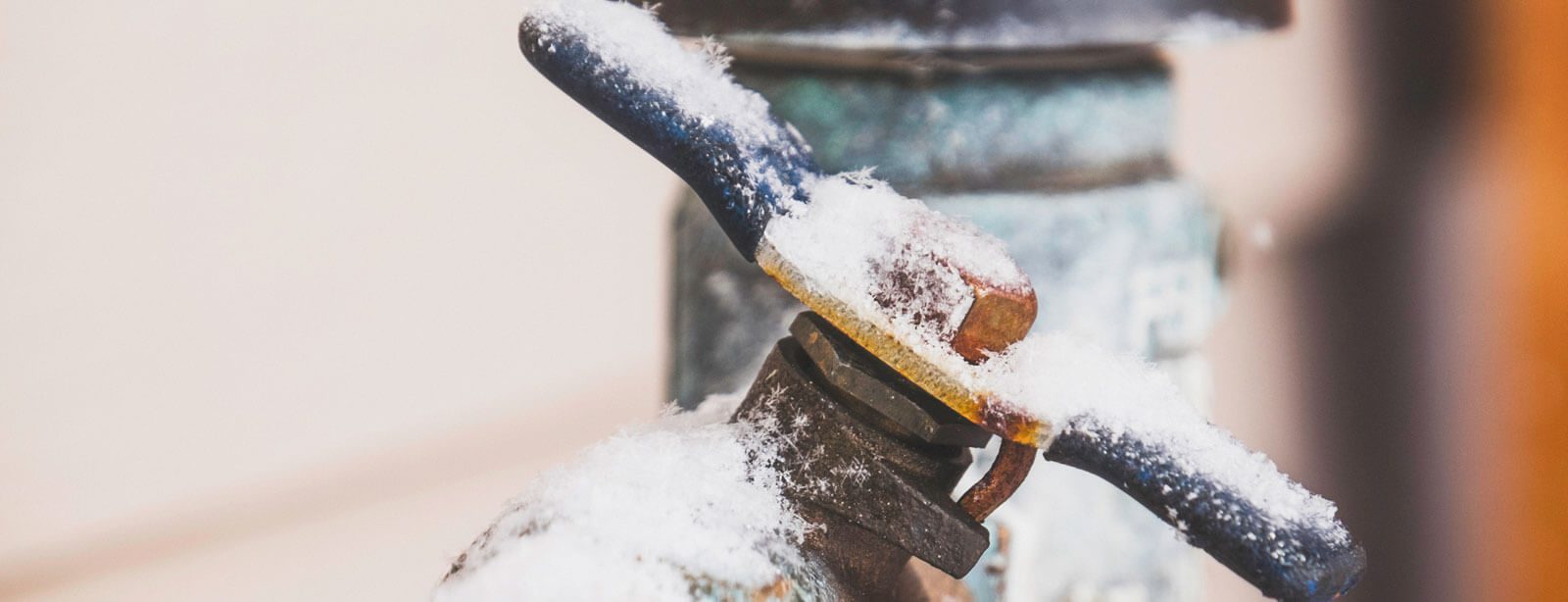Avoiding Frozen Plumbing in Cold Weather: Pro Advice
Avoiding Frozen Plumbing in Cold Weather: Pro Advice
Blog Article
Are you on the lookout for help and advice on How to prepare your home plumbing for winter weather?

Winter can wreak havoc on your plumbing, specifically by freezing pipes. Here's how to prevent it from happening and what to do if it does.
Intro
As temperature levels drop, the danger of icy pipes rises, possibly resulting in expensive repair services and water damage. Understanding exactly how to avoid icy pipelines is essential for home owners in cold environments.
Recognizing Icy Pipes
What creates pipelines to freeze?
Pipes freeze when revealed to temperature levels below 32 ° F (0 ° C) for prolonged periods. As water inside the pipelines ices up, it increases, putting pressure on the pipeline wall surfaces and potentially triggering them to burst.
Dangers and problems
Icy pipelines can lead to water system disturbances, building damages, and expensive repairs. Burst pipes can flooding homes and cause comprehensive architectural damage.
Indicators of Frozen Piping
Identifying frozen pipelines early can prevent them from rupturing.
Exactly how to determine icy pipes
Look for reduced water flow from faucets, uncommon odors or noises from pipelines, and noticeable frost on revealed pipelines.
Prevention Tips
Insulating vulnerable pipes
Wrap pipelines in insulation sleeves or make use of warm tape to safeguard them from freezing temperatures. Focus on pipelines in unheated or external locations of the home.
Home heating techniques
Keep indoor spaces sufficiently warmed, especially areas with pipes. Open cabinet doors to allow warm air to distribute around pipelines under sinks.
Shielding Outside Plumbing
Garden tubes and outdoor faucets
Detach and drain pipes yard tubes prior to winter months. Mount frost-proof spigots or cover outside faucets with insulated caps.
What to Do If Your Pipes Freeze
Immediate actions to take
If you believe frozen pipes, keep faucets available to eliminate pressure as the ice thaws. Make use of a hairdryer or towels soaked in warm water to thaw pipes slowly.
Long-Term Solutions
Architectural modifications
Think about rerouting pipes away from exterior wall surfaces or unheated locations. Include extra insulation to attics, cellars, and crawl spaces.
Updating insulation
Invest in premium insulation for pipelines, attic rooms, and wall surfaces. Appropriate insulation aids maintain consistent temperature levels and reduces the threat of frozen pipelines.
Final thought
Protecting against frozen pipelines calls for positive steps and quick actions. By comprehending the reasons, signs, and preventive measures, homeowners can protect their pipes throughout cold weather.
5 Ways to Prevent Frozen Pipes
Drain Outdoor Faucets and Disconnect Hoses
First, close the shut-off valve that controls the flow of water in the pipe to your outdoor faucet. Then, head outside to disconnect and drain your hose and open the outdoor faucet to allow the water to completely drain out of the line. Turn off the faucet when done. Finally, head back to the shut-off valve and drain the remaining water inside the pipe into a bucket or container. Additionally, if you have a home irrigation system, you should consider hiring an expert to clear the system of water each year.
Insulate Pipes
One of the best and most cost-effective methods for preventing frozen water pipes is to wrap your pipes with insulation. This is especially important for areas in your home that aren’t exposed to heat, such as an attic. We suggest using foam sleeves, which can typically be found at your local hardware store.
Keep Heat Running at 65
Your pipes are located inside your walls, and the temperature there is much colder than the rest of the house. To prevent your pipes from freezing, The Insurance Information Institute suggests that you keep your home heated to at least 65 degrees, even when traveling. You may want to invest in smart devices that can keep an eye on the temperature in your home while you’re away.
Leave Water Dripping
Moving water — even a small trickle — can prevent ice from forming inside your pipes. When freezing temps are imminent, start a drip of water from all faucets that serve exposed pipes. Leaving a few faucets running will also help relieve pressure inside the pipes and help prevent a rupture if the water inside freezes.
Open Cupboard Doors
Warm your kitchen and bathroom pipes by opening cupboards and vanities. You should also leave your interior doors ajar to help warm air circulate evenly throughout your home.

We were shown that write-up on How To Avoid Freezing Pipes from a good friend on a different site. In case you appreciated our post if you please do not forget to share it. Many thanks for your time spent reading it.
Call Us Today Report this page